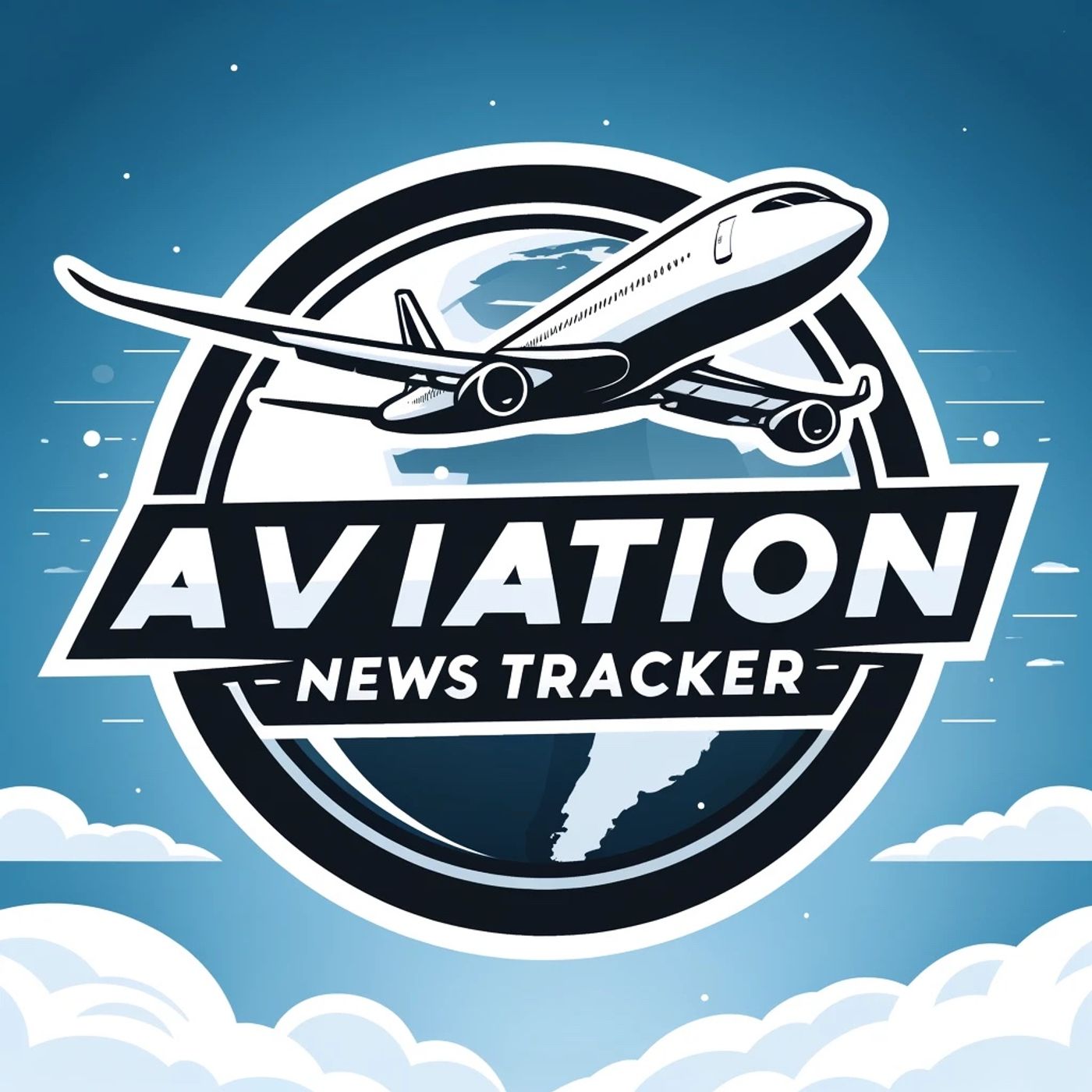"Aviation Turnaround: Tariff Elimination, Airline Partnerships, and Regulatory Shifts Fuel Industry Resurgence"
Update: 2025-07-30
Description
The global aviation industry is experiencing a significant shift driven by new trade agreements, major partnerships, and regulatory updates within the past 48 hours. Most notably, the United States and the European Union reached a breakthrough pact on July 27, eliminating tariffs on aircraft and parts. This "zero-for-zero" clause immediately improves cost control for airlines and manufacturers on both sides of the Atlantic, ending a period of uncertainty that had seen airlines delay purchases and manufacturers like Boeing and Airbus stall production plans. Experts note this tariff elimination removes the risk of up to 30 percent cost surges that had been feared and opens the way for long-delayed fleet upgrades and route expansions. Industry leaders, such as Dassault Aviation, have already publicly endorsed the move, highlighting its stabilizing impact and improved supply chain predictability.
Market activity is strong as a result. U S carriers reported renewed fleet orders and a rebound in route planning, with several executives citing the trade agreement as a catalyst for planned growth. The immediate outcome is lower risk of fare increases and more reliable service, providing a boost to ongoing tourism recovery in both regions.
Another headline development is the formal approval on July 29 of the Blue Sky partnership between United Airlines and JetBlue Airways by the U S Department of Transportation. This partnership allows customers to earn and redeem loyalty miles interchangeably across the two airlines, enables reciprocal perks such as priority boarding and same-day changes, and introduces broad interlining of routes and flights on each airline’s website. The agreement also involves a swap of landing slots in major hubs including New York JFK and Newark. JetBlue’s management stated the partnership is expected to generate 50 million dollars of EBIT annually through 2027 as part of its JetForward turnaround plan.
Meanwhile, U S regulatory updates include the closure of the Lithium Battery Air Safety Advisory Committee in May, signaling renewed attention to air cargo safety and new technologies in freight handling.
Compared to previous months, this wave of deals represents a decisive turn from stagnation due to trade and supply chain friction to a phase of aggressive cooperation and market renewal. Airline leaders are racing to exploit new efficiencies made possible by regulatory clarity and the end of costly trade barriers.
For great deals today, check out https://amzn.to/44ci4hQ
This content was created in partnership and with the help of Artificial Intelligence AI
Market activity is strong as a result. U S carriers reported renewed fleet orders and a rebound in route planning, with several executives citing the trade agreement as a catalyst for planned growth. The immediate outcome is lower risk of fare increases and more reliable service, providing a boost to ongoing tourism recovery in both regions.
Another headline development is the formal approval on July 29 of the Blue Sky partnership between United Airlines and JetBlue Airways by the U S Department of Transportation. This partnership allows customers to earn and redeem loyalty miles interchangeably across the two airlines, enables reciprocal perks such as priority boarding and same-day changes, and introduces broad interlining of routes and flights on each airline’s website. The agreement also involves a swap of landing slots in major hubs including New York JFK and Newark. JetBlue’s management stated the partnership is expected to generate 50 million dollars of EBIT annually through 2027 as part of its JetForward turnaround plan.
Meanwhile, U S regulatory updates include the closure of the Lithium Battery Air Safety Advisory Committee in May, signaling renewed attention to air cargo safety and new technologies in freight handling.
Compared to previous months, this wave of deals represents a decisive turn from stagnation due to trade and supply chain friction to a phase of aggressive cooperation and market renewal. Airline leaders are racing to exploit new efficiencies made possible by regulatory clarity and the end of costly trade barriers.
For great deals today, check out https://amzn.to/44ci4hQ
This content was created in partnership and with the help of Artificial Intelligence AI
Comments
In Channel





